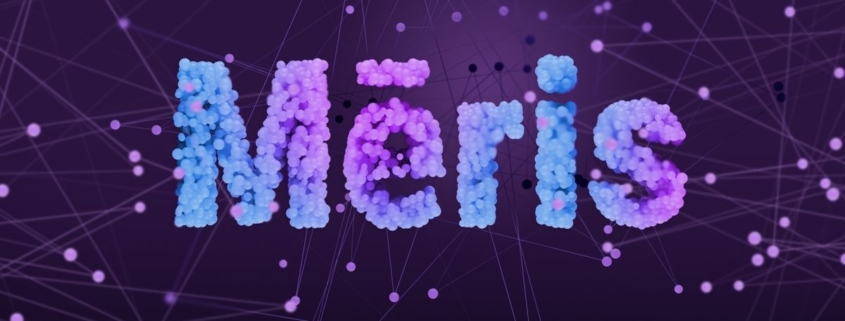Meris Botnet Sets Record with Massive DDoS Attacks Across Global Servers
In a startling display of cyber force, the Meris botnet has successfully executed the largest DDoS (Distributed Denial of Service) attacks in history this summer, targeting a wide range of countries including the United States, Russia, New Zealand, and the United Kingdom. This malicious network, comprising over 250,000 devices, overwhelmed some of the most robust servers worldwide, marking a significant moment in cyber warfare.
Research conducted by the Russian search engine Yandex, alongside insights from DDoS mitigation service Qrator Labs, has unveiled that Meris is a new breed of botnet. Its capacity to generate an unprecedented 21.8 million requests per second (RPS) during an attack on Yandex on September 5 highlights its potential to cripple almost any infrastructure, including highly resilient networks.
Unprecedented Scale and Impact
The Meris botnet’s capability to launch attacks of such magnitude lies in its unique focus on the number of requests per second, a method that sets it apart from traditional DDoS attacks which generally aim to saturate servers with massive amounts of data. This strategy has enabled Meris to take down significant infrastructures, as evidenced by the disruption caused to major companies in New Zealand, including banks like ANZ and Kiwibank, NZ Post, MetService, and even the New Zealand Police.
Technical Sophistication
Unlike typical ‘Internet of Things’ (IoT) devices often associated with botnets, the devices commandeered by Meris are high-performance and likely connected via Ethernet, contributing to the botnet’s formidable power. This revelation, coupled with the attackers’ technique of rotating devices to avoid revealing their full capacity, complicates efforts to mitigate the botnet’s impact.
Global Response and Mitigation
The emergence of Meris has prompted a global response, with entities like Cloudflare and Yandex at the forefront of efforts to counteract the botnet’s attacks. The record-breaking assault on Yandex, which surpassed previous incidents attributed to the Mirai botnet, underscores the escalating challenge of safeguarding digital infrastructure against such sophisticated…





